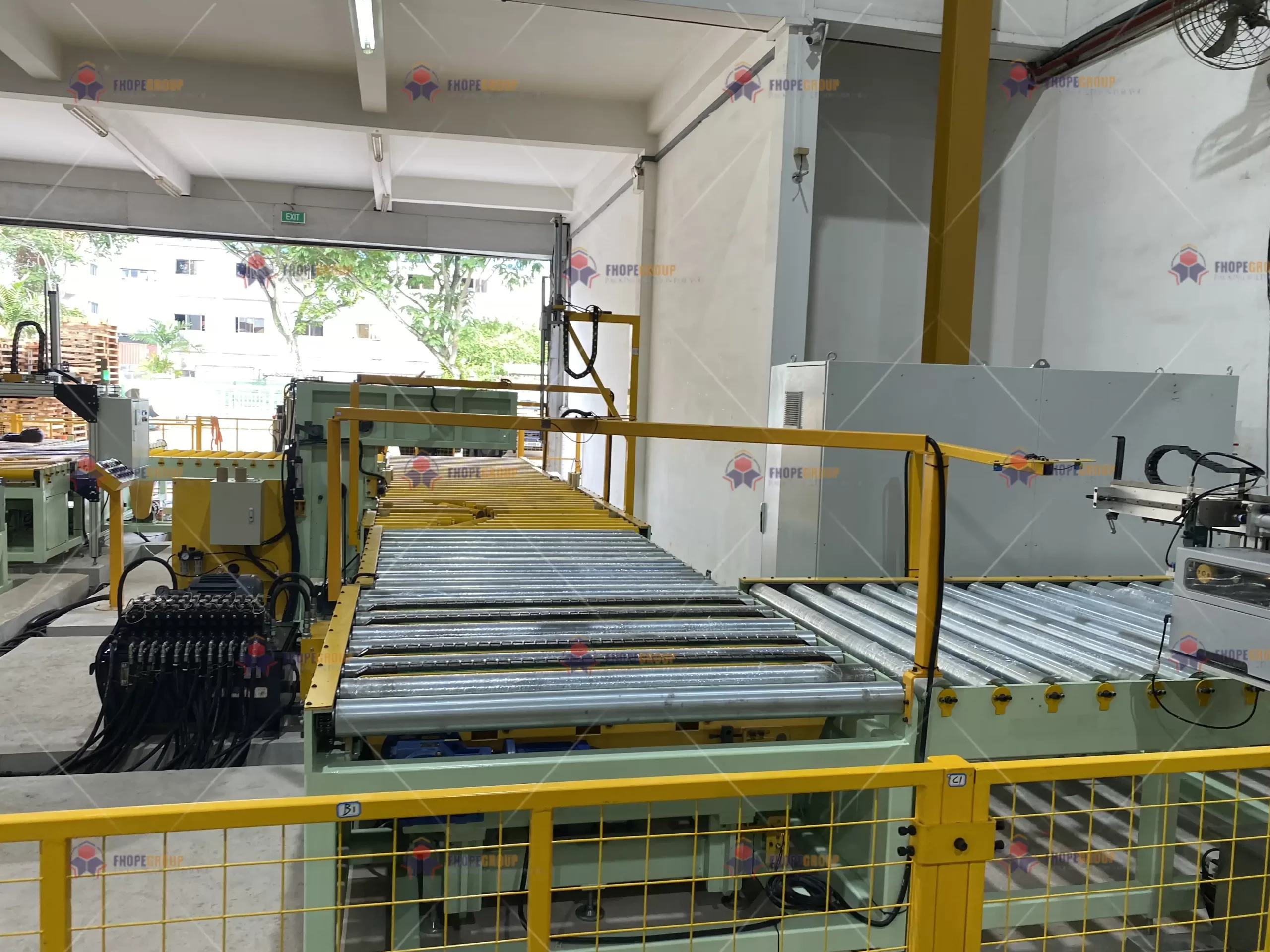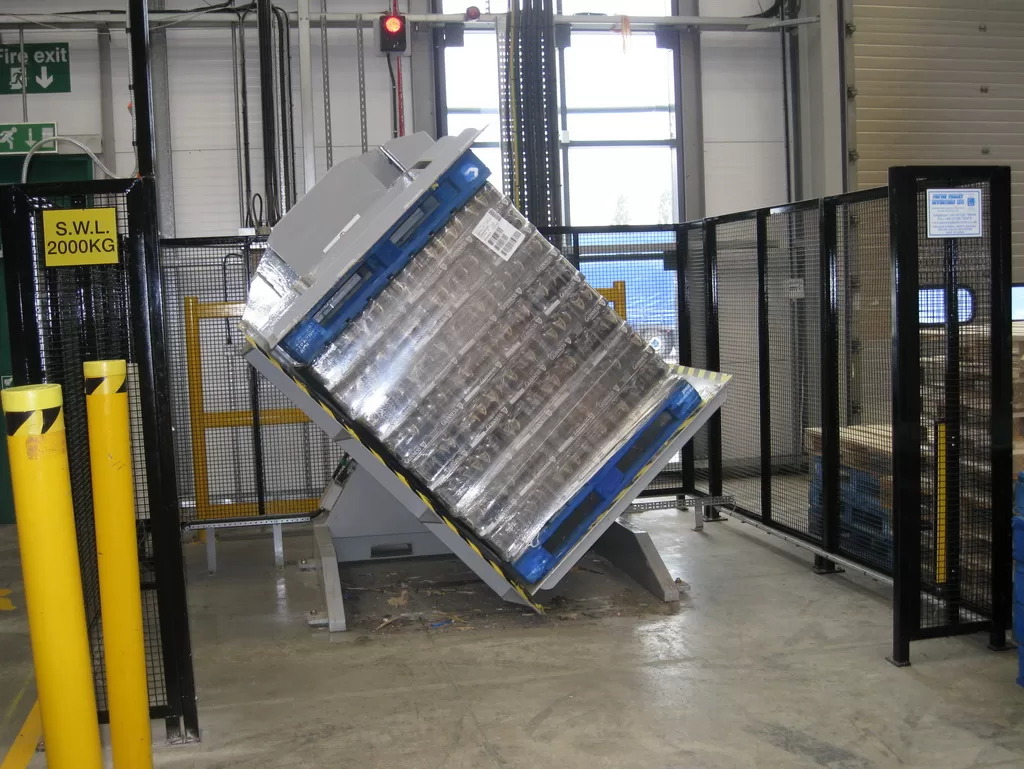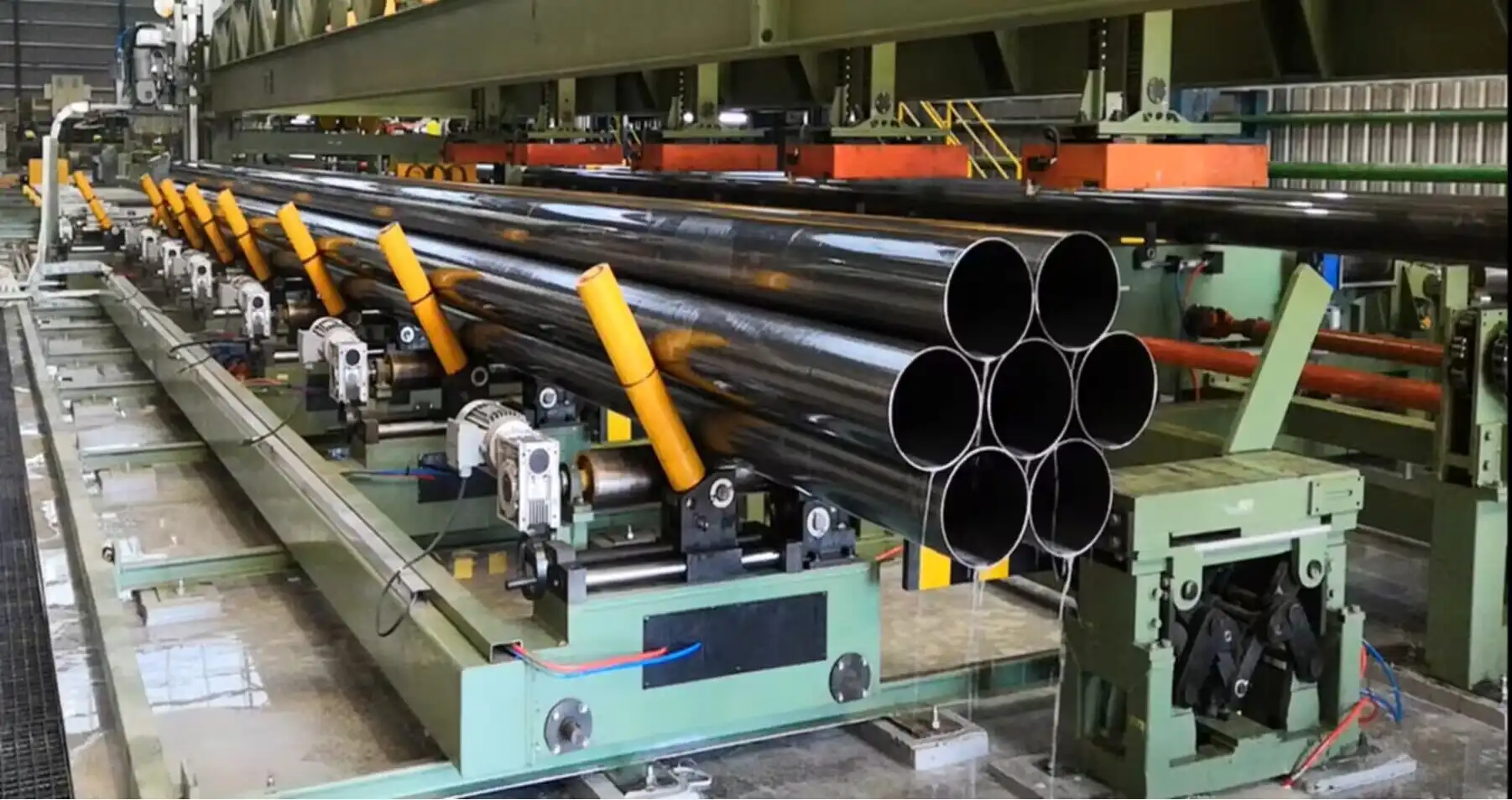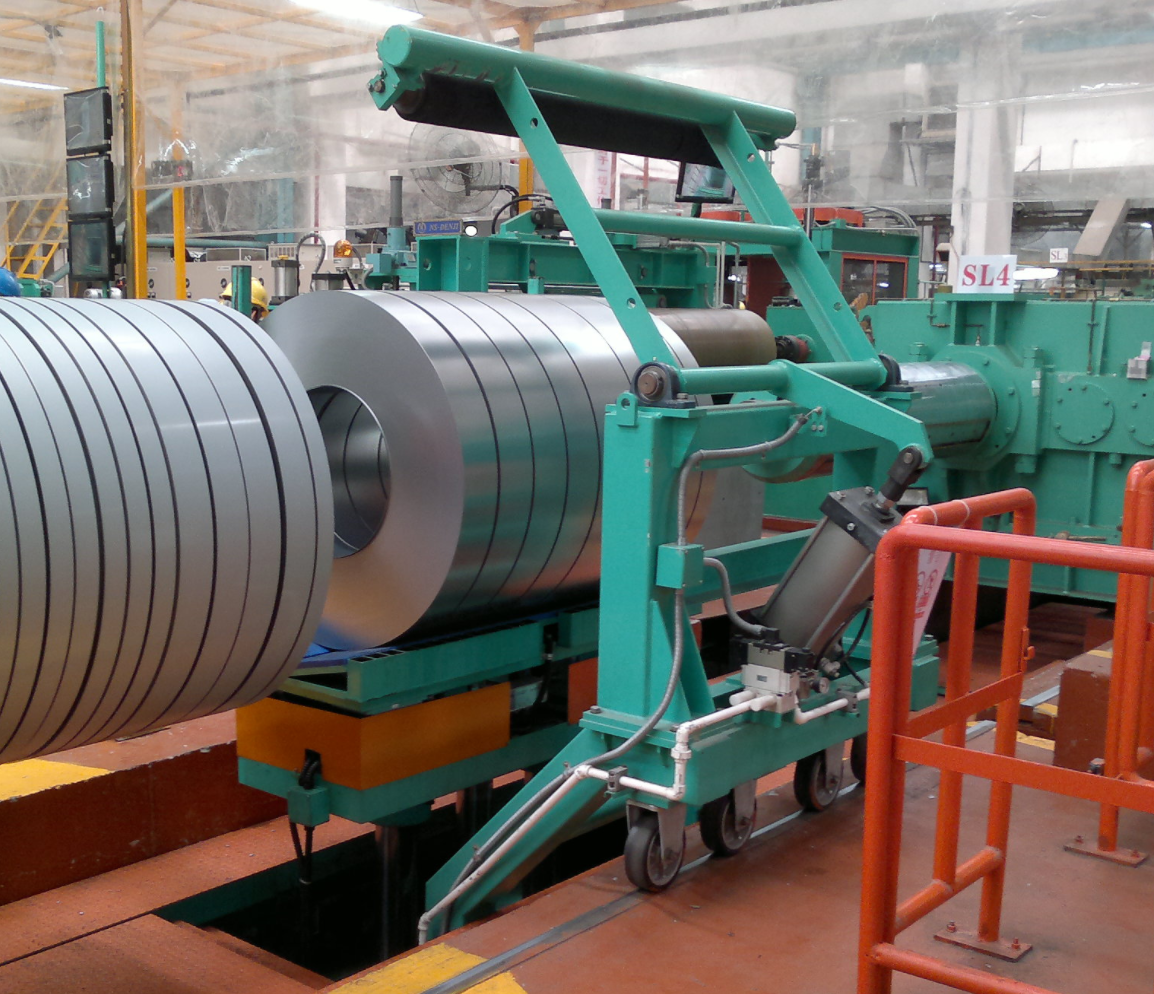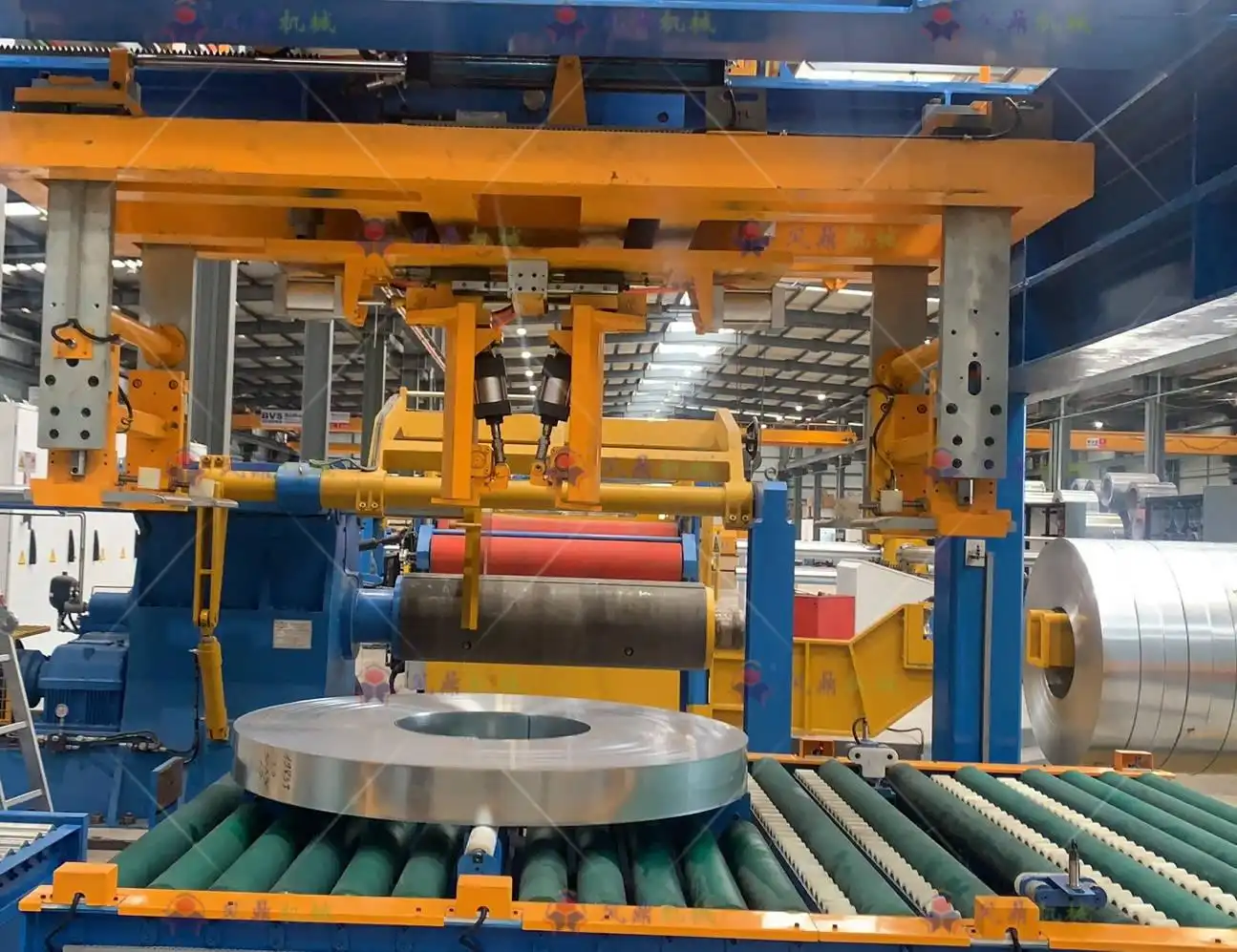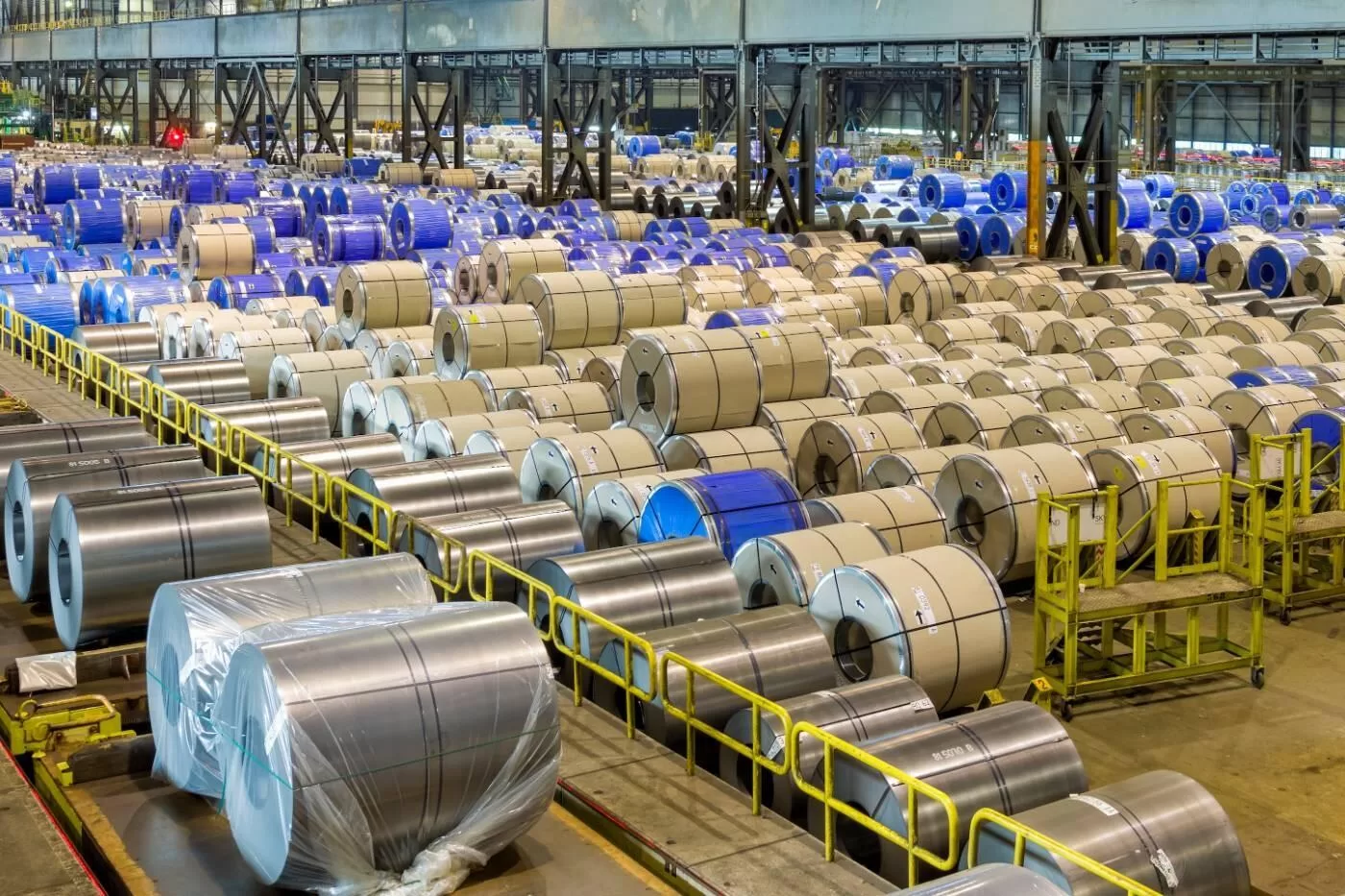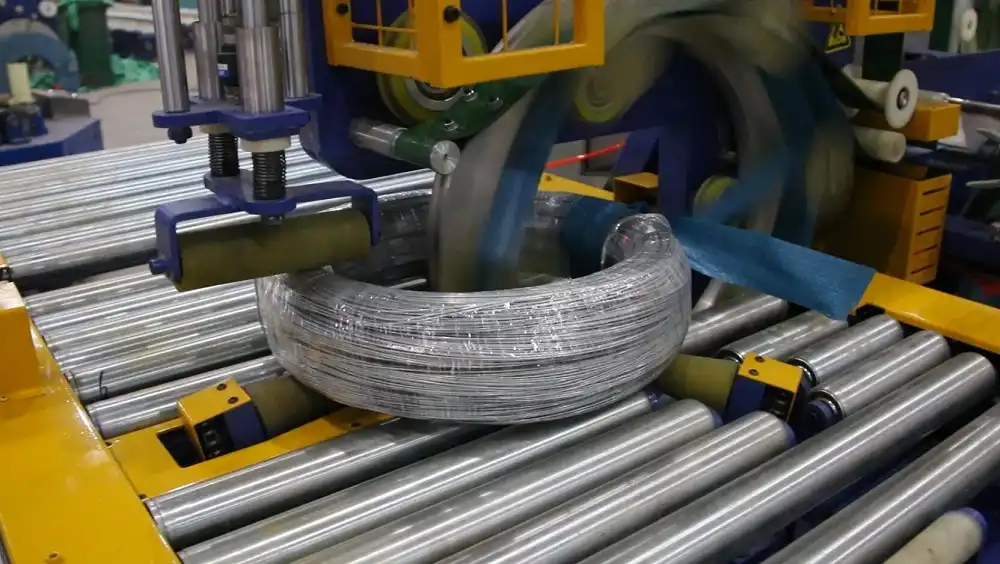How to Ensure Safe Handling of Steel Coils During High-Tension Packaging?
Are you struggling with the daunting task of packaging heavy steel coils without compromising safety or efficiency? The immense weight and unwieldy nature of steel coils pose significant risks during packaging. But what if you could master a process that guarantees both safety and optimizes your workflow?
Safe handling of steel coils during high-tension packaging hinges on strategic equipment use and meticulous procedures. Employing coil upenders and stretch wrappers is crucial for securing coils, minimizing physical strain, and preventing damage during handling, storage, and transport. This ensures operational smoothness and product integrity.
Understanding the nuances of safe steel coil handling is not just about preventing accidents; it’s about safeguarding your team and maintaining the quality of your valuable materials. Let’s explore the essential practices that make safe handling not just a goal, but a reality.
Essential Safety Measures for Handling Heavy Steel Coils
Are safety lapses in your steel coil handling process causing sleepless nights? The risks associated with moving tons of steel are real, but preventable. Imagine a workplace where safety is not just a priority, but an ingrained practice, protecting your team and your bottom line.
Implementing key safety measures is paramount when handling heavy steel coils. These include rigorous training in proper lifting techniques, the consistent use of specialized coil handling equipment like upenders and pallet inverters, and maintaining meticulously clear workspaces free of obstacles. Prioritizing these practices drastically reduces workplace hazards, aligns with stringent industry safety standards, and cultivates a fundamentally secure operational environment.

Diving Deeper into Safety Protocols
Safe handling of heavy steel coils is a multifaceted challenge, demanding a comprehensive approach that integrates equipment, training, and procedural diligence. To truly understand and implement effective safety measures, we need to break down the key components and explore how they interact to create a safer working environment.
The Cornerstone: Proper Lifting Techniques
Manual lifting, if improperly executed, is a primary source of injury in steel coil handling. Training programs must emphasize:
- Ergonomics: Teach workers to lift with their legs, keeping their backs straight, and avoiding twisting motions.
- Team Lifting: For loads exceeding safe individual lifting limits, mandate team lifts with clear communication and coordinated movements.
- Load Assessment: Train personnel to accurately assess coil weight and size before attempting to lift, ensuring they use appropriate techniques and assistance.
Equipment: The Safety Multiplier
Specialized equipment isn’t just about efficiency; it’s a critical safety intervention.
- Coil Upenders: These machines eliminate the dangerous task of manually flipping coils, significantly reducing strain and the risk of dropped coils.
- Pallet Inverters: By safely rotating entire pallet loads, inverters minimize manual handling needed for inspection or load rearrangement.
- Vacuum Lifters: For smaller coils or sheets, vacuum lifters offer a secure and ergonomic lifting solution, reducing reliance on manual grips and hooks.
Workspace Management: Preventing Incidents Before They Happen
A cluttered or poorly organized workspace is an accident waiting to happen. Essential practices include:
- Clear Pathways: Designate and maintain clear, unobstructed pathways for coil movement, free from tools, debris, and unnecessary equipment.
- Adequate Lighting: Ensure sufficient lighting in handling and storage areas to improve visibility and reduce the chance of trips and falls.
- Floor Integrity: Regularly inspect and maintain floors to eliminate uneven surfaces, cracks, or holes that could cause equipment instability or tripping hazards.
By systematically addressing these critical areas – technique, equipment, and workspace – companies can move beyond reactive safety measures and create a proactive safety culture that truly protects their workforce and their operations. Understanding the interplay of these elements is key to achieving sustainable safety improvements.
Safety Through Proper Equipment Use
Are manual methods slowing down your steel coil packaging and compromising safety? Imagine transforming risky, labor-intensive tasks into streamlined, safe daily routines. Specialized equipment isn’t just a luxury; it’s the key to unlocking a new level of safety and efficiency in your operations.
Specialized equipment revolutionizes steel coil handling by automating complex tasks and mitigating risks. Coil upenders, stretch wrappers, and pallet inverters are essential tools that distribute coil weight evenly, reducing physical strain on workers and minimizing accident risks. Integrating an automatic coil packing line optimizes packaging consistency and accuracy, preventing load shifting during transport and enhancing overall operational safety.

Equipment Effectiveness: A Detailed Comparison
Choosing the right equipment is not just about immediate improvements; it’s a strategic investment in long-term safety and efficiency. To make informed decisions, let’s analyze the effectiveness of key equipment types:
| Equipment | Risk Reduction | Efficiency Increase | Cost Savings | Key Benefits | Considerations |
|---|---|---|---|---|---|
| Coil Upender | High | High | Medium | Eliminates manual coil flipping, reduces strain, prevents drop accidents | Space requirements, weight capacity, coil size range |
| Stretch Wrapper | Medium | High | Medium | Secures coils uniformly, protects from environment, minimizes transit damage | Material cost (stretch film), wrapper cycle time, coil dimension limits |
| Pallet Inverter | Medium | Medium | High | Safe load rotation, simplifies inspection and rework, reduces manual handling | Footprint, pallet compatibility, weight limits |
| Coil Tilter | High | Medium | Medium | Safely tilts coils for processing or packaging, improves ergonomics | Tilting angle range, coil stability during tilting, integration with lines |
| Automatic Coil Packing Line | High | Very High | High | Integrated system, minimizes manual intervention, maximizes consistency and speed, comprehensive safety features | Initial investment, system complexity, maintenance requirements |
Investing in quality equipment is a strategic move towards comprehensive safety assurance. The choice should be driven by a clear understanding of operational needs, material characteristics, and logistical environment. By carefully selecting and integrating the right equipment, businesses can significantly lessen risks, improve efficiency, and realize substantial cost savings in the long run.
Step-by-Step Guide to Securely Packing Steel Coils
Are transit damages to your steel coils cutting into your profits? Damaged coils are more than just a loss; they represent wasted resources and inefficiencies. What if you could implement a straightforward, proven process to virtually eliminate transit damage and ensure your coils arrive in perfect condition, every time?
Securely packing steel coils involves a meticulous step-by-step process that goes beyond simple strapping and wrapping. Key techniques include pre-shipment staging, precise load balancing, and high-tension wrapping to ensure coil stability. By focusing on cleanliness, rust prevention, and employing robust strapping and protective wrapping, manufacturers can significantly minimize transit losses and operational inefficiencies.



